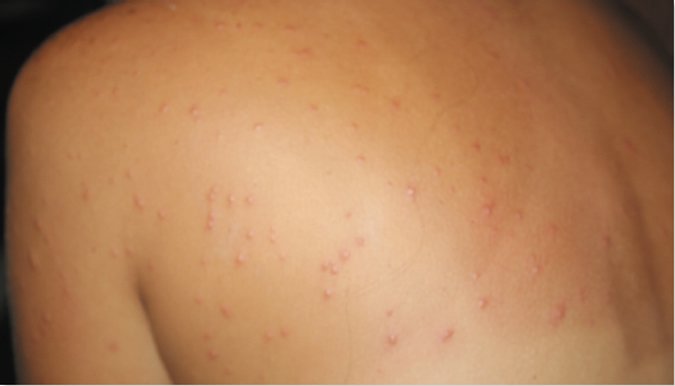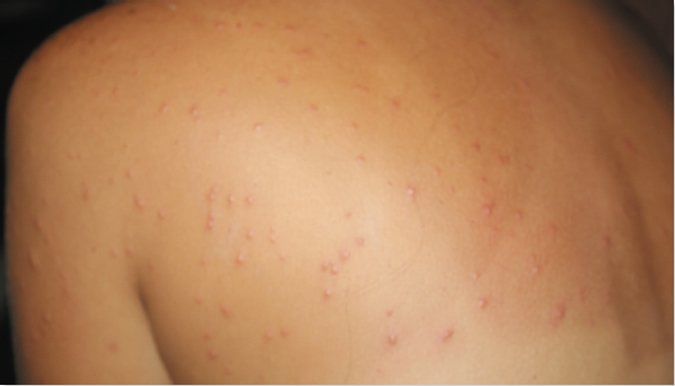Photos by Patrick Childress


Those who use citronella or Skin So Soft for an insect repellent will not appreciate these high-octane anti-itch remedies. But it is safe to assume that such a conservative attitude is reserved for those who are not in the thick of battle with a foe as formidable (and miniscule) as battalions of Lilliputians.
There are many cruising grounds where biting insects are a serious menace, not just because of the initial discomfort and ensuing itchy torment, but also because of the potential longer-term health effects of viral, insect-spread diseases like chikungunya, zika, and dengue fever, which seemingly have been on the rise the last few years in tropical latitudes around the world. In these areas-the Caribbean, French Polynesia, etc.-only large slathers of powerful DEET repellents have any hope of keeping mosquitoes and biting gnats (sand fleas or no-see-ums) from gnawing on exposed skin. Nothing can kill the romance of a majestic, remote, volcanic beach in French Polynesia like a cloud of no-see-ums.
So what do you do if your DEET defenses are breached? Dont scratch is the simplistic advise from one cruising book. This is no easy task, and the terrible irritation of a tropical no-see-um or mosquito bite can last up to a week, if untreated. But a simple rub of one bite can quickly become a fingernailed dig to rid the increasing irritation as the saliva left behind by the bug works like a pocket of flesh tenderizer under a thin cap of skin.
Each mosquito and no-see-um species has its own unique anticoagulant saliva makeup, so each itch relief treatment will have somewhat varying results, and each person might have a different level of allergic reaction to the bite. Experimenting with different remedies is the best approach.
While cruising French Polynesia recently, our crew suffered horribly from scores of stealthy-insect bites, which appeared like a rash. Over-the-counter and natural remedies, like the locals suggestion of coconut oil, simply did not work. Out of sheer desperation, we began experimenting with any liquid, powder, and paste close at hand. There were numerous failures and near-misses, but then we got results.
The first that showed great promise was dishwashing soap. It had to be a thick, high-quality product, not the watered down stuff popular in South American grocery stores. Undiluted and applied directly to the bite, the dishwashing detergent offered relief that would last for hours, but it would eventually need reapplication. A cruising American medical doctor we met supported our findings, and had even included dish soap as an anti-itch solution his book, Your Offshore Doctor.
The second, and slightly more effective itch treatment was to swab full-strength ammonia directly onto the irritations. The relief easily lasted a half-day, often times overnight or even permanently.
The most effective solution we found was acetone. While acetone is a naturally occurring substance in the human body, it should not be slathered on the skin. It only takes a small dab on the bite, and within moments, the itch is usually permanently neutralized. In our experiments, we found acetone to be the real itch eraser, compared to the other treatments. Note that the MSDS for acetone advises against skin contact; if you have sensitive skin, we do not recommend putting acetone on it.
Desperate situations often require desperate remedies. As with any home remedy thats not OKd by the U.S. Food and Drug Administration (FDA), use your best judgment and weigh the health benefit-to-risk ratio when seeking anti-itch solutions to stop the torment. If you have any other DIY, homemade itch stoppers, let us know about them; email [email protected].








































